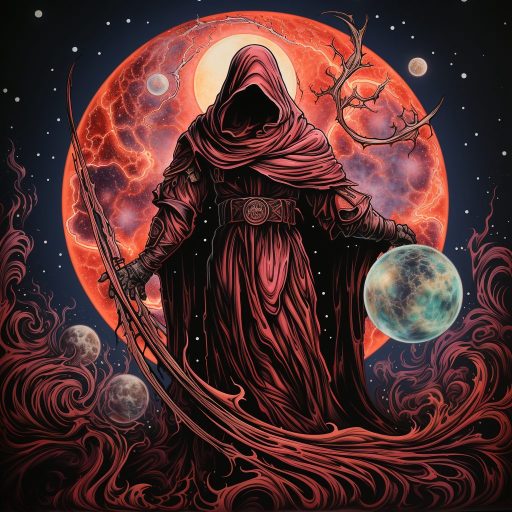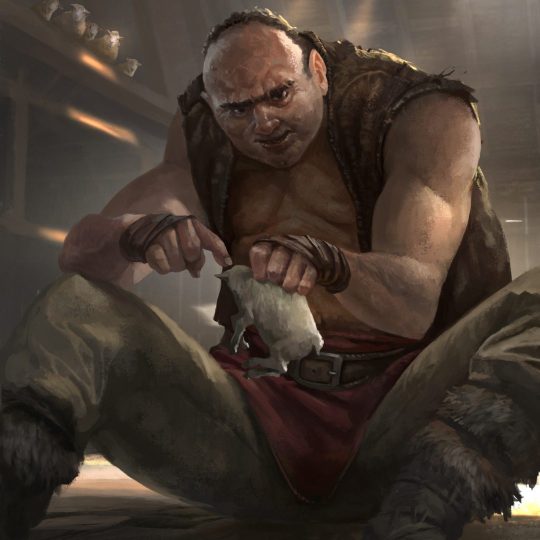
Spice Up Your Animon Story Battles with Combat Strategy and Tactics
Digimon Survive is officially out and it’s everything I wanted in a Digimon game since I was a child. The game is about 70% visual novel and 30% strategy combat in the vein of Final Fantasy Tactics, which makes for a nearly perfect simulation of a Digimon-themed RPG. Your choices influence your karma, shifting your alignment among three different paths affecting everything from the way your companions see you to the way your Digimon evolves. Needless to say I’ve had monster taming RPGs on the brain lately.
Classic RPG Combat
While clearly hearkening the first season of Digimon with a bunch of kids on a camping trip being pulled into the digital world, Digimon Survive differentiates itself in a number of ways from the series that started the whole thing. Not only is the soundtrack a grand piano daydream but the combat in the game is quite unlike the Digimon Story games Cyber Sleuth and Hacker’s Memory, being a turn based strategy game. This got me thinking about how versatile the Digimon monster taming property really is and of course sent me on a tangent about my favorite monster taming tabletop RPG Animon Story.
For my fellow monster taming enthusiasts I want to share some different ideas for how to add flavor and fun to your Animon Story RPG combat — especially if you’re playing Animon Story using existing properties.
As it stands Animon Story is about theater of the mind first and foremost. Classic RPG combat offers allowances for creativity and flexibility. Do you want to try to find a broken board in the garbage to swing as a club? I hadn’t thought of there being one as a Game Master but go ahead and roll — let the dice decide. You say you’re looking for water on the ground? I hadn’t envisioned any but sure, there’s water on the ground now.
RPG combat generally allows for narrative fluidity. It also gives players a chance to come up with really creative ideas and to perform some pretty wild stunts that could only have come from the mind of that one specific player. This description probably brought someone from your group to mind or even made you feel a bit called out, right?
The obvious weakness of this style of combat is things can be difficult to visualize. This goes doubly so if the GM isn’t detailed in their descriptions. There have been a fair few times I’ve been participating in a combat with a GM who wasn’t heavy handed in their descriptions and mid-combat several of us learned we all envisioned very different arrangements of events. This style can be especially difficult for players who require visualization tools as well.
Despite those weaknesses a clear strength beyond what has been presented is how this style of combat requires very little setup, no takedown and there’s no upfront costs with minis, maps or VTT subscriptions.
Minis, Maps and VTTs
Minis, maps, and vitual tabletops like Shard, Roll20 and Fantasy Grounds offer visual aids so you can show players precisely where things are laid out. For Animon Story you’ll have to do a pinch of homebrew to adapt to a mapping mechanic. This could be as easy as deciding your kid characters can move a number of spaces equal to their Reflex multiplied by 2 in any turn while your animon can move a number of spaces equal to its Agility multiplied by 2.
Using maps and minis with strategic positioning mirrors the combat of Digimon Survive, Fire Emblem and other such properties. This allows for cooperative strategies and specific tactics.
Something cool I realized about Animon Story is you could absolutely adapt it to existing properties like Digimon and Pokemon and use tiny mini figures as your map minis. These small figures can be found online or at your favorite retailers and they even come prepainted most of the time. While finding kid character minis might be a bit harder, if you’re really committed to having themthen something like Hero Forge could absolutely help.
If you’re going the VTT route you can easily find images of existing ’mons from your favorite properties then use something like Token Stamp to make the image into a VTT token. The downside for this method is obvious. Using maps and minis can be a hefty cost investment and even if you’re using free resources, preparation still requires a lot of time to set up. If you’re someone who enjoys the game prepping process or you think the player satisfaction payout is worth the investment, using maps and minis could be a great addition to your Animon Story combat.
Strengths of using maps and minis can’t be ignored. Such combat lays out clear expectations and helps everyone visualize the same events. It’s a fantastic accessibility tool for people who struggle with aphantasia and using maps and minis is wonderful for immersion and more clearly building narrative. Necessity for keen descriptions all but vanishes when maps and minis are at play, freeing the GM to focus on mechanics instead of clarifying narrative, and having clear measures and orientations dramatically improves the experience for more rules-specific players.
Cards and Captions
A nice middle ground between theater of the mind and using maps and minis could be cards. Pokemon, Digimon and several other existing properties use cards for their own card games but nobody said you couldn’t use them to track your TTRPGs.
This style mirrors something more like a traditional JRPG combat, with cards representing everything from player characters, equipment and so on. This would be sort of like combining Munchkin with a TTRPG, adding back in all of the role playing crap. 😉
Magic: the Gathering land cards also make for great environment set pieces. Simply lay out the land card to show everyone what the area they’ve come to looks like and let each player put their own monster card in front of them. This works as a portrait and reminder for others of what ’mons belong to whom. This is even more useful in games where you have multiple ’mons assigned to a single kid character — a homebrew option for Animon Story I’ve often thought would be an interesting addition.
If you really want custom cards, plenty of companies offer custom card services in which they print cards you design yourself. This would be a lot of work but if you’re already inclined to spend the time making maps and using minis this might be another avenue to explore. A simple Google search yields multiple options for card creation services. Using cards could even be adapted for more traditional RPGs, much how Voice of Cards does its own gameplay.
The weakness here is cards don’t really offer sense of distance and specificity of space. It blends theater of the mind’s flexibility with the immersive quality of minis through its artwork.
The strengths for using cards are its middle ground status between theater of the mind and using minis and maps. Cards help everyone visualize certain things similarly while still offering flexibility in specifics and it surprises me more game companies and groups don’t jump on this opportunity to expand the role of cards beyond magic items and events.
What do you think?
What do you think about these different ideas for spicing up combat in Animon Story? Are you excited for the release of Digimon Survive or another monster taming game? Whatever your thoughts about these topics we’d love to hear from you in the comments after you drop this post a like. If Facebook is more your speed you can connect with our page over there and of course, you can find us at Nerdarchy the YouTube channel.
*Featured image — Animon Story is a tabletop role-playing game inspired by classic ‘Kids & Monsters’ media, especially anime and video games such as Digimon and Pokémon. In the game, you’ll create and take on the role of Kids who team up with their very own monster buddies called Animon. Together you’ll go on adventures, solve problems, grow as friends, and maybe even save the world! Check it out and get the free introductory playkit here.









No Comments